I am very sad to report that Hamid Mohammadi, one of the real-life stars of A.D.: New Orleans After the Deluge, has passed away. He was 62 years old.
Hamid was a colorful character and a great resource to A.D. As I was working on structuring the book, I “found” him through a good friend whose cousin happened to be Hamid’s wife. I first contacted Hamid in December of 2006. Although he was a busy man—with a wife and family, his store to run, and managing other properties in the area—he was always friendly and found time to tell me his story in detail as I was working on the project.
This is the super-truncated version:
Finally, in part due to Mansell’s ill health, Hamid was convinced to “abandon ship;” he was evacuated from NOLA on a truck to Atlanta.
After many long months, Hamid and his family eventually returned to salvage their lives and business. This excerpt is from August of 2015, 10 years after Hurricane Katrina. I caught up with A.D.‘s characters—including Hamid—and to get their thoughts on the city a decade after the disaster.
By the way, Hamid’s real name was used in the original webcomic, but when it came to the printed book, he asked me to change it to “Abbas” (his son’s name)—with a mustache added to his face. He never explained why he wanted this change—I always assumed it came from him essentially being a private person and not comfortable with being a “celebrity.” In any case I learned that in the period after A.D.’s book publication, a number of readers came into his store and identified him as the real Hamid! Which, thankfully, he found amusing.
When I talked to Hamid for the ten-year anniversary comic, he allowed me to use his real name again. By that point, he no longer owned the Calhoun Superette—and was understandably a bit bitter…
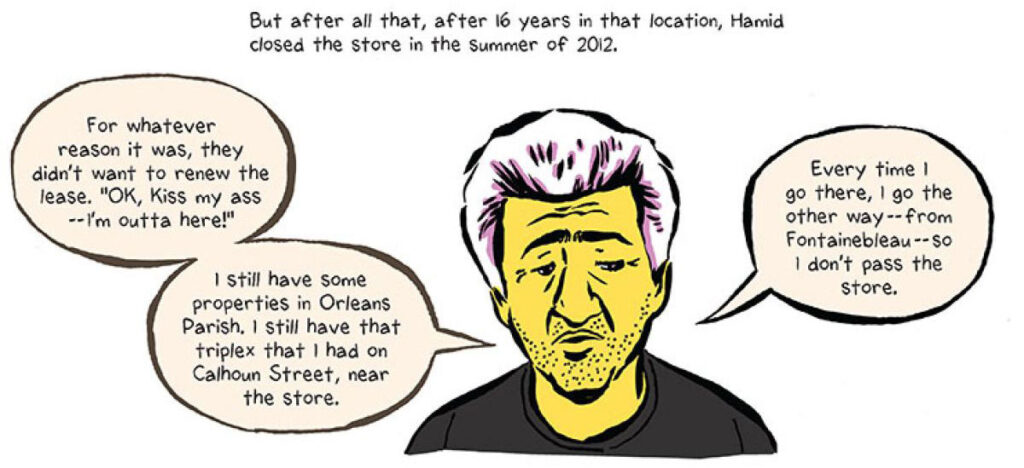
Weirdly, as I documented in detail in 2016, in a visual post called “3135 Calhoun St. and the A.D. Cosmic Connection,” Hamid’s store location was eventually taken over by Crescent City Comics, the employer of another real-life A.D. character, Leo McGovern! It’s worth checking out the post, as it goes into more detail than I can spend here about Hamid’s experiences at the store during and after Katrina.
Even though the former superette ended up in good hands, I hear that Hamid never really recovered from losing his store. After 16 years, through thick and thin, I can certainly imagine why!
As different as we were in our backgrounds, I felt a real kinship with Hamid—with his sense of adventure and his matter-of-fact way or recounting his experiences. There were so many little things he did during the disaster, from giving away food after the storm, bringing bottles of water to stranded neighbors, and ensuring Mansell’s health, that I consider heroic. (Not to mention all the years of hard work he spent restoring the Superette to operation again.) Despite everything that happened, and all the danger he had been in, he confided to me that he regretted leaving his flooded store, and felt that he has “wussed out”—which of course he hadn’t.
Hamid was born in Iran and came to the U.S. as a young man. He made a good life, with a wife of 36 years and two beloved children. In addition to the Superette, he owned other property in the NOLA region. During our conversations, he talked fondly of fishing trips with friends and watching Saints football games on TV. He was also a blackbelt in aikido. I felt very honored to have known him, even tangentially, and I am so grateful that he was willing to share his experiences with the readers of A.D.
You can read extended excerpts of Hamid’s experiences in the original webcomic version of A.D, particularly in Chapter 7, “The Bowl Effect, Part I,” and “The Bowl Effect, Part II.”
Hamid’s family has created a Life Tribute page for Hamid for people to share their memories of him. If you knew him, I encourage you to contribute something. “Unsung” people like Hamid deserve to be remembered and their lives commemorated; they’re the reason I chose the life of a nonfiction cartoonist. https://www.muhleisen.com/obituaries/Hamid-Mohammadi/
Hamid Mohammadi, rest in peace.

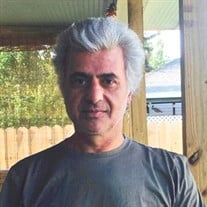

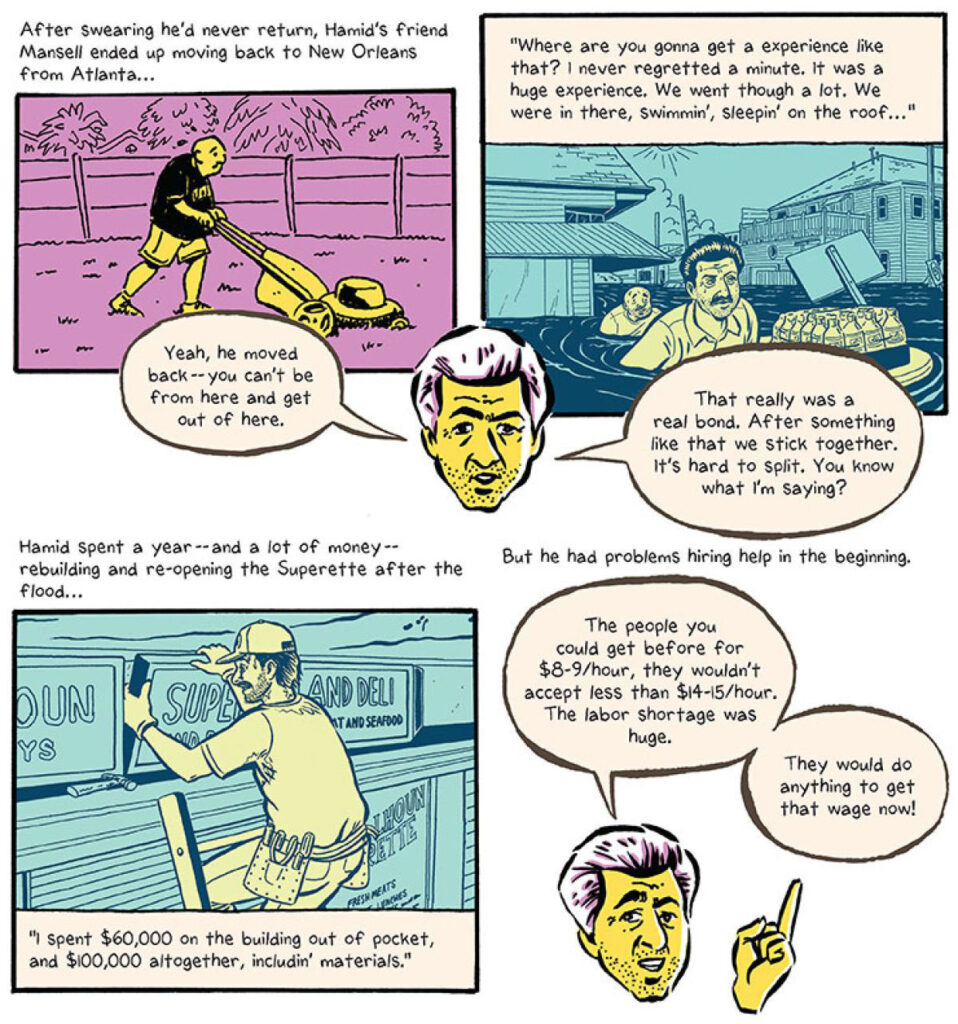
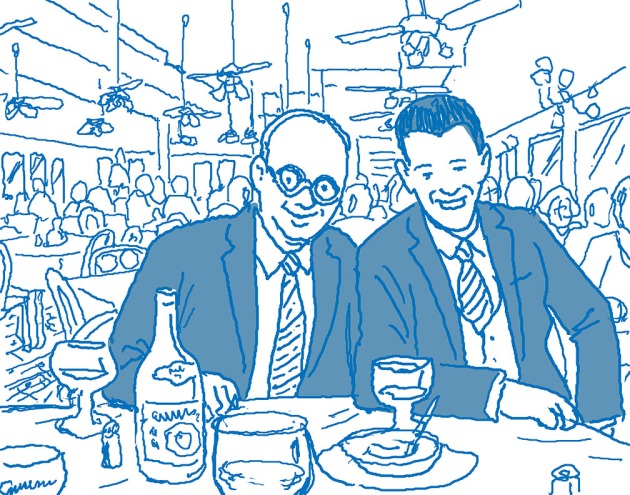
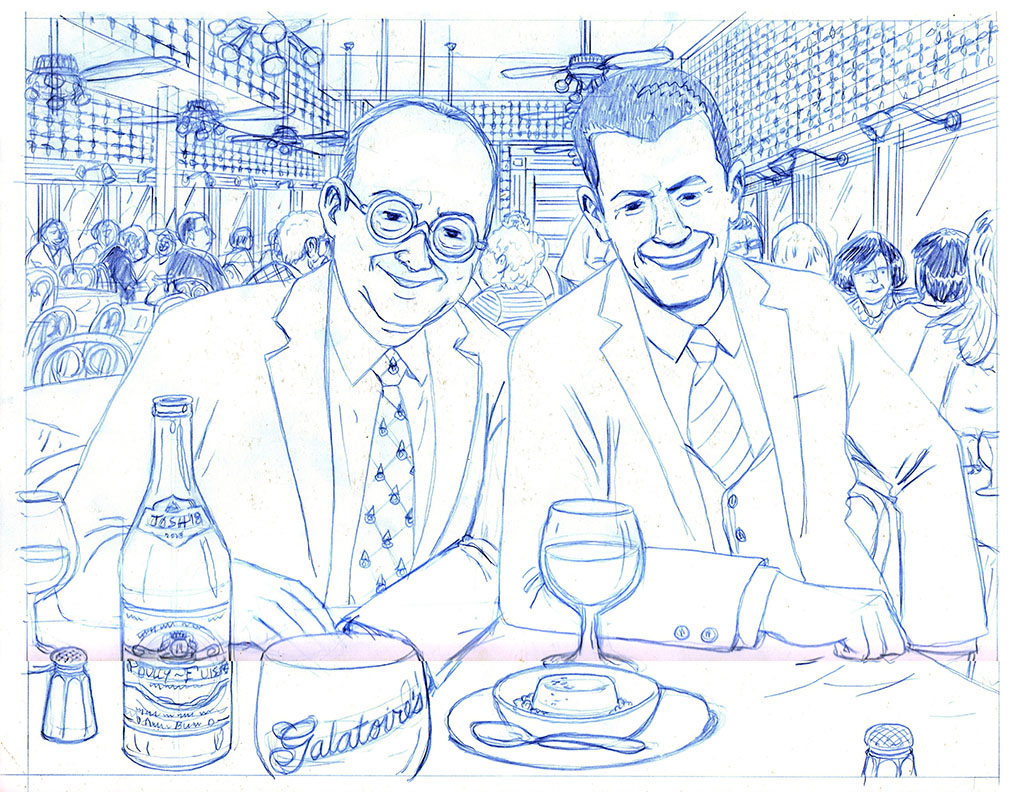
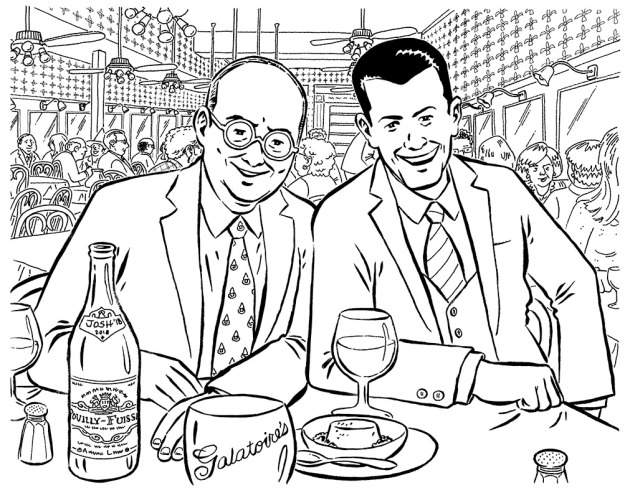
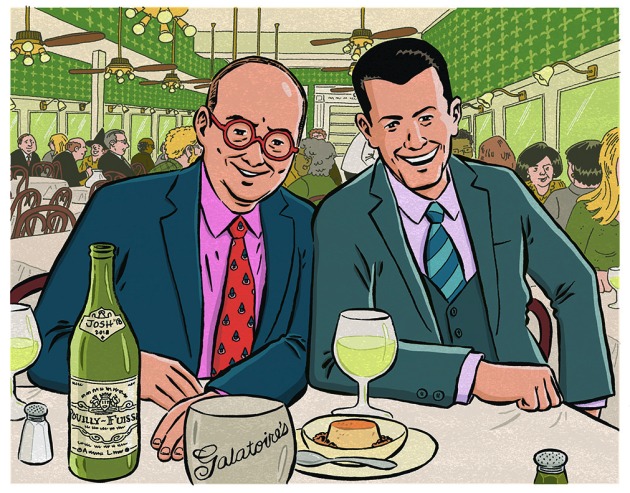










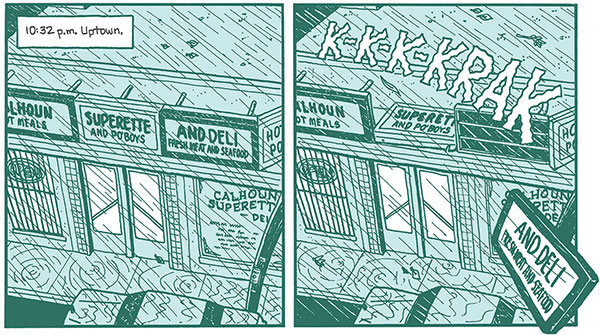

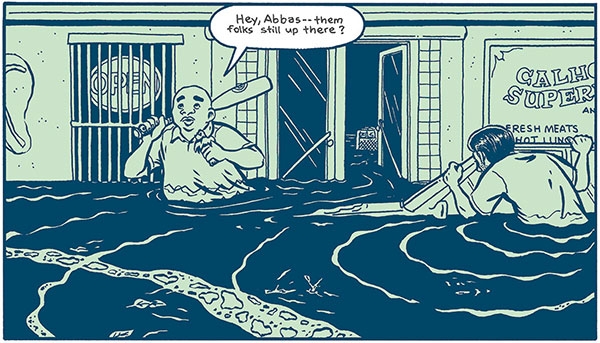


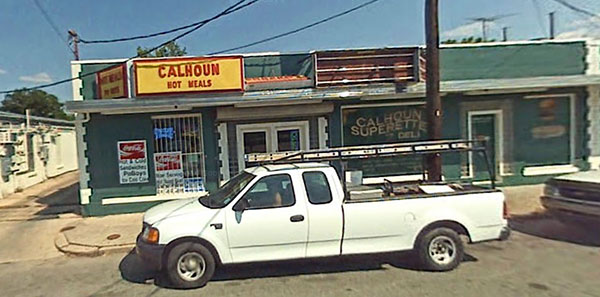





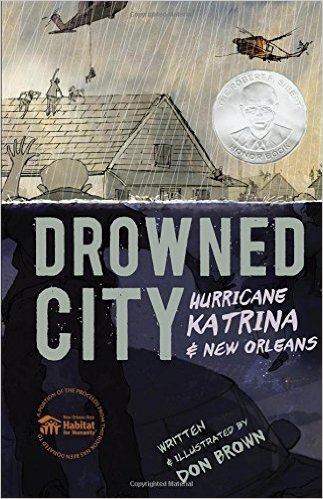 Well, now there’s another “graphic narrative” to add to that list: Don Brown’s
Well, now there’s another “graphic narrative” to add to that list: Don Brown’s 
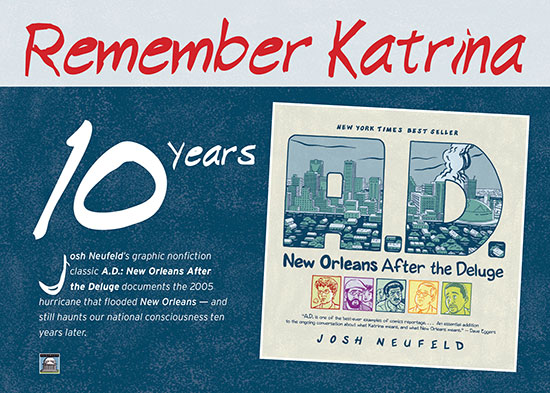
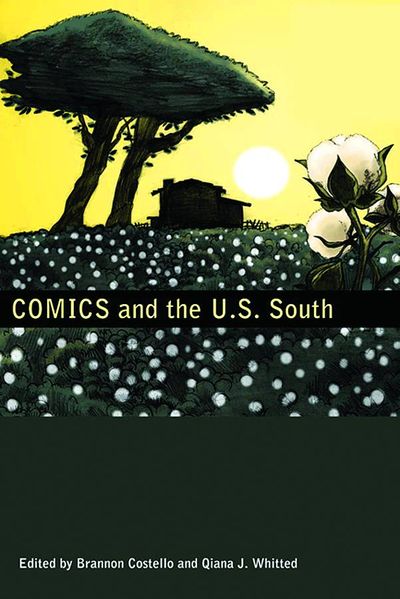 I just stumbled upon a long essay about
I just stumbled upon a long essay about